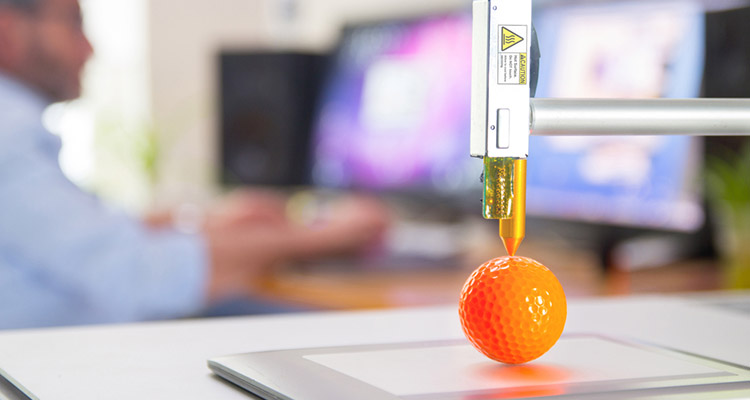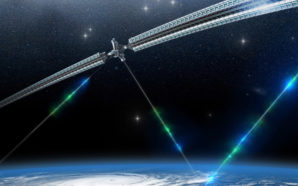3D Printing in Space

I’m sure you’ve all heard about 3D-printing before. How couldn’t you with all the latest hype! If you haven’t heard of it, I’ll give you a brief explanation: Think of a normal printer in which you can print images onto a piece of paper; now, imagine a machine that can do the same thing, with its own respective “ink”, except that it creates objects in 3 dimensions! It sure makes you think of the replicators from Star Trek. And the concept of replicators are about to become a reality.
NASA, and other companies, are planning to make the use of 3D printers in space more common. Having a 3D printer on board speaks for itself: It would be lighter, and it would take up much less space, than having to carry spare items that may or may not even be necessary. Plus it would allow people on the mission to create items whenever they become necessary. It’s no wonder why this would be an innovative step towards improving space exploration!
What are the problems and the challenges of 3D printing in space? It has been long known that 3D printing can result in surfaces that are imperfect, and unsmooth, and while this is okay for the average Joe, this could pose a big problem in space. (For example, if there was a hole in an astronaut’s spare suit, it could compromise his or her health and safety.) The European Space Agency, or ESA , isn’t so quick to give up on using 3D printing in space just yet; they have theorized using laser-melting processes, or metal-coating methods, in order to fix these not-so-good flaws. Another issue with using 3D printers in space is that some have been known to cause heart issues in unventilated environments due to a long-term release of unsafe particles. The main challenge of this venture will be to limit or eliminate these issues before using them in space missions, where safety is the most important factor.
On a brighter note, what would be the perceived benefits of using 3D printers in space? One benefit would be that the use of 3D printers would cut down the cost of space missions considerably; NASA and other space exploration groups would no longer have to bring “spare parts” along that may not even be used! In that sense, it would cut down on unnecessary spending, and save them money for other projects. Another benefit would be that they could create parts immediately, whenever those parts become necessary; worrying about bringing spare parts along would be a thing of the past! The next benefit would even help us down here on Earth: Because if 3D printers are used in microgravity, their functions would be even more precise and would improve the quality of commercial 3D printers! Another possible benefit of using 3D printers lies in the future: The improvement and use of 3D printers in space would undoubtedly aid our future journey to Mars. While that may seem far away, it’s definitely something to think about!





